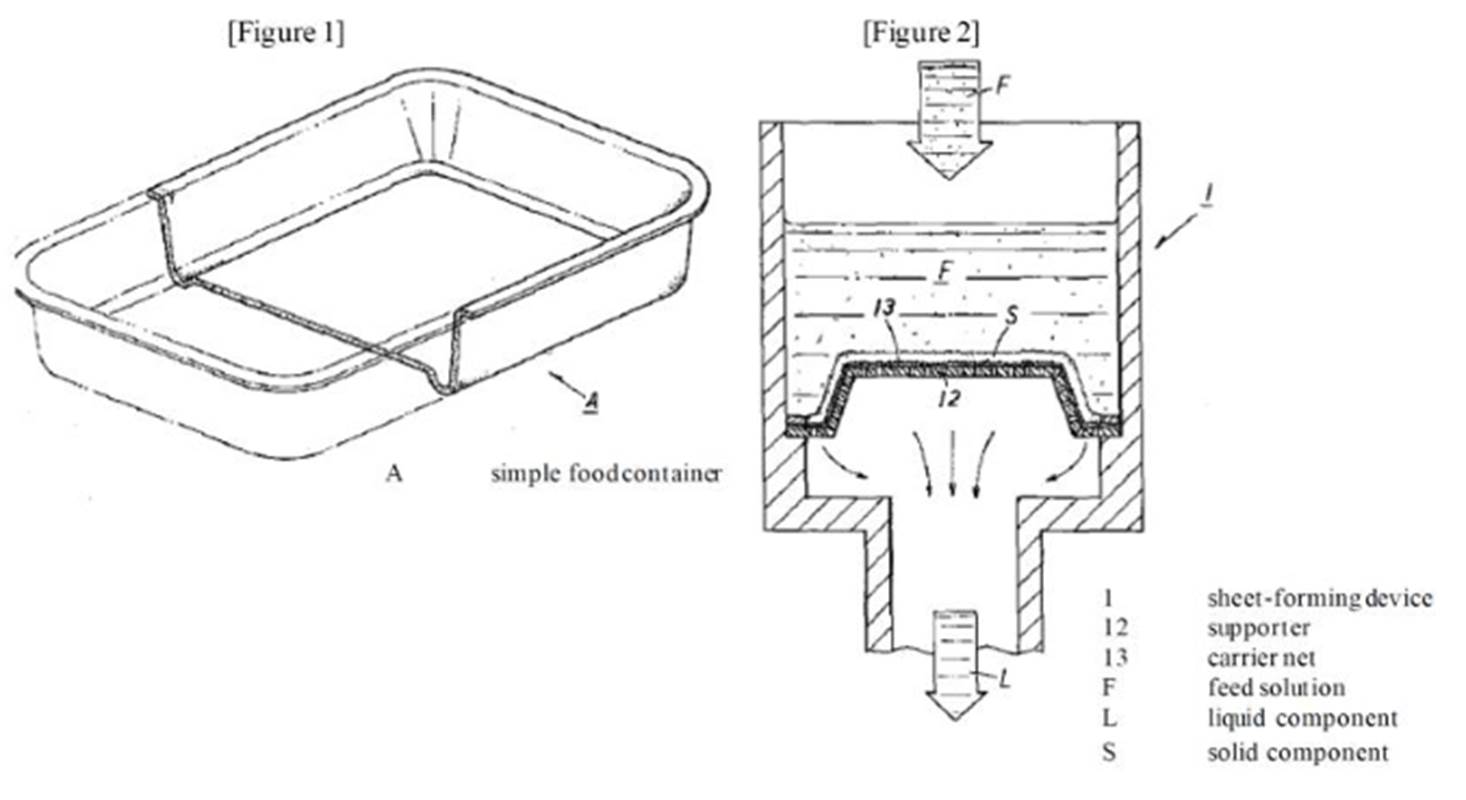
England and Wales Court of Appeal (Civil Division) Decisions
You are here: BAILII >> Databases >> England and Wales Court of Appeal (Civil Division) Decisions >> Vernacare Ltd v Moulded Fibre Products Ltd [2023] EWCA Civ 841 (18 July 2023)
URL: https://www.bailii.org/ew/cases/EWCA/Civ/2023/841.html
Cite as: [2023] EWCA Civ 841
